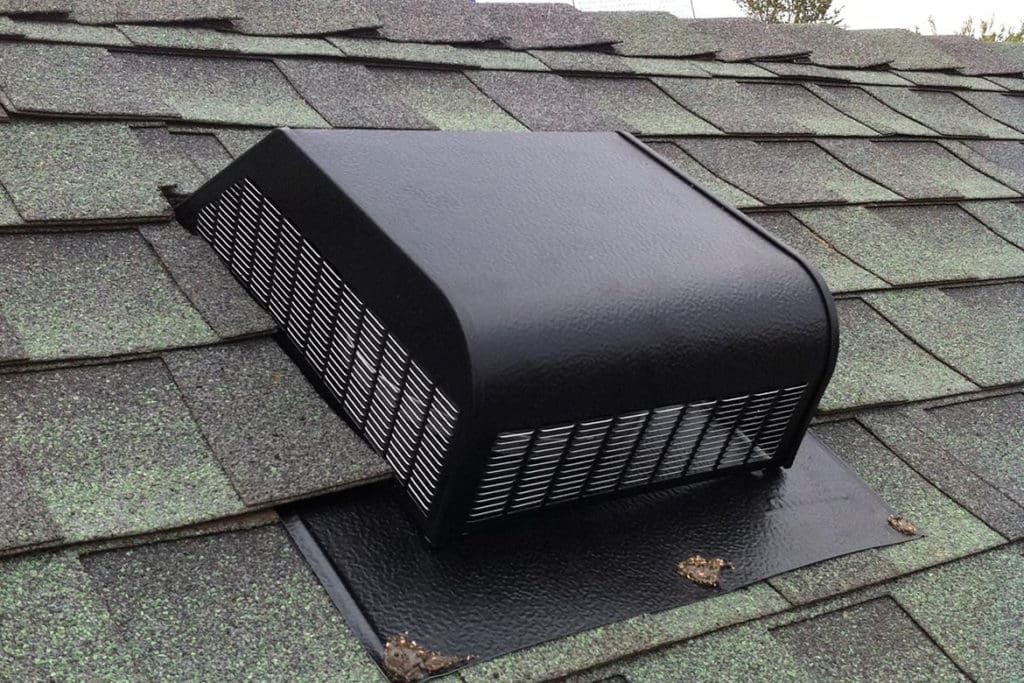One of the most common questions we receive from homeowners when they are thinking about replacing their roof is what kind of vent should they use. This article show you the importance of proper roof venting so, if you are looking for a quick answer, here it is: ridge vent coupled with sufficient soffit venting is by far the best product for a balanced system. It’s not to difficult to determine but doing something right the first time is so much better than having to repair old problems caused by lack of knowledge.
Many times roofers simply tear off the old roof and reinstall the exact same vents that might have been part of the original problem. To answer the question about which roof vent to use, we first need to understand the purpose of roof vents (hint: it’s not only to lower your AC bill).
PURPOSE OF ROOF VENTILATION SYSTEMS
Ventilation systems were developed in the home construction industry for a few different reasons that largely depend on your regional climate. Most shingle manufacturers require proper venting for warranties on their product. Roof ventilation serves the following purposes:
manufacturers require proper venting for warranties on their product. Roof ventilation serves the following purposes:
- Remove hot air in warm weather (which can shorten the life of your roofing system).
- Help combat ice dams that can form when warm attic air prematurely melts snow on the roof.
- Prevent condensation build-up on the underside of the roof decking.
Removing Hot Air
If you have ever spent much time in an attic in the summer months, you know just how hot it can get up there. A proper roof venting system creates an airflow that brings air in at the soffit and exits it through the top of the roof or ridge. This draft of air removes the hot air and brings in cooler air from the outside. Overly hot air can cause many asphalt-based shingles to fail.
Ice Dams
I know we talk about ice dams a lot around here and its because we see so many, so it’s important that your roof is properly vented to combat this potential problem. Ice dams occur when warm air in the attic causes snow on the roof to melt. When the water from melting snow reaches the lower part of the roof that isn’t as warm, it refreezes and forms ice dams. Proper ventilation keeps your attic space cold in the winter, preventing warm air from melting snow.
Attic Condensation
The primary cause of condensation in attics is warm air escaping from your living space meeting cold air. The water vapor in the warm air condenses when it meets cold air and condenses on surfaces in your attic such as insulation and the underside of the roof decking and rafters. Over time this condensation can render your insulation ineffective and cause serious problems with the roof decking. A good roof ventilation system keeps air moving on the underside of your roof decking and balances air temperatures to prevent condensation.
If your roof is in need of a better ventilation system, contact the roofing experts at Exterior Renovations today!

